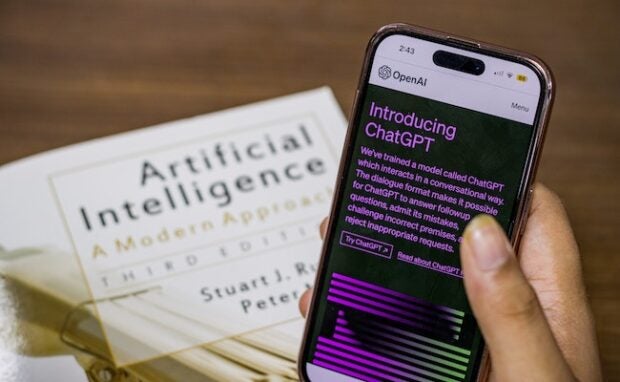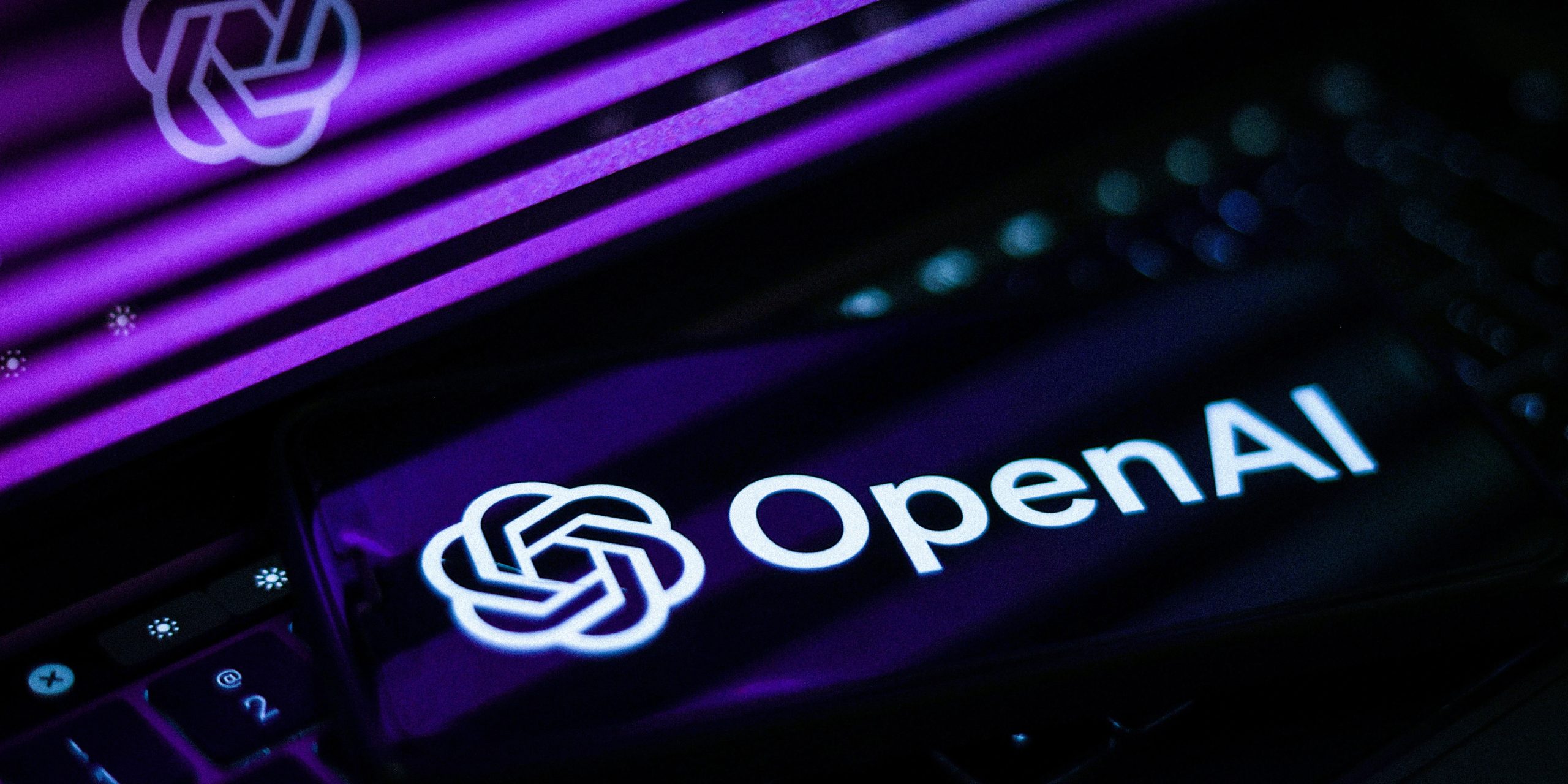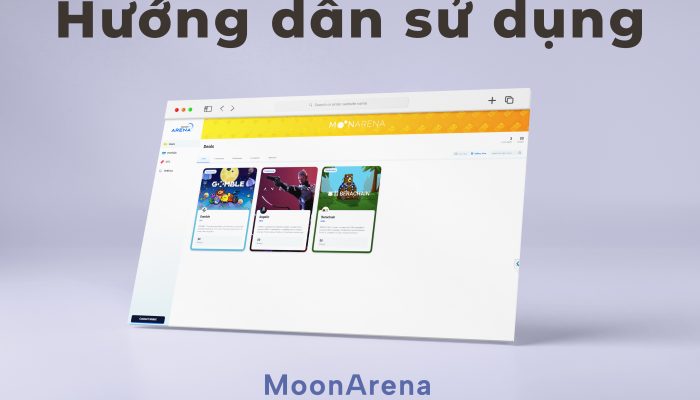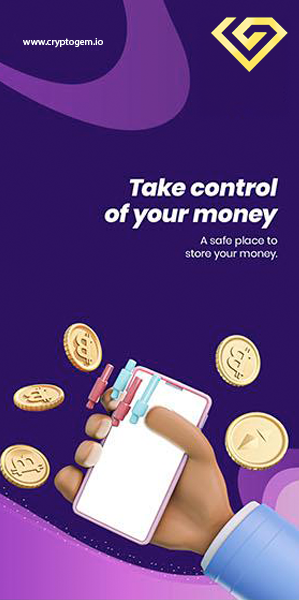ChatGPT creator OpenAI released the fine-tuning feature for its world-renowned chatbot. Artificial intelligence developers can use it to make their chatbots and programs more useful than ever. For example, they could require their software to respond only in a specific programming language. Also, they get more tokens, letting them process more words.
Most people may not appreciate technical updates for software, such as ChatGPT fine-tuning. However, they can become essential in making artificial intelligence more useful in daily life. OpenAI promises devs could make their programs more efficient and effective with this feature. As a result, we can expect more AI-powered tools in our lives.
This article will explain how ChatGPT fine-tuning helps AI software makers. Later, I will discuss how AI chatbots work so that more readers can understand its significance.
How does ChatGPT fine-tuning work?

OpenAI released ChatGPT in November 2022, captivating the world’s attention for AI development. Eventually, it enabled individuals and businesses to create programs with its large language models GPT-3.5-Turbo and GPT-4.
The company says devs and businesses requested the ability to adjust these models to create unique user experiences. In response, it launched ChatGPT fine-tuning and explained its features:
- Improved steerability: Fine-tuning allows businesses to make the model follow instructions better, such as making outputs terse or always responding in a given language. For instance, developers can use fine-tuning to ensure that the model always responds in German when prompted to use that language.
- Reliable output formatting: Fine-tuning improves the model’s ability to consistently format responses—a crucial aspect for applications demanding a specific response format, such as code completion or composing API calls. A developer can use fine-tuning to more reliably convert user prompts into high-quality JSON snippets that can be used with their systems.
- Custom tone: Fine-tuning is a great way to hone the qualitative feel of the model output, such as its tone, so it better fits the voice of businesses’ brands. A business with a recognizable brand voice can use fine-tuning for the model to be more consistent with its tone.
The new feature also lets companies shorten prompts while maintaining similar performance. Consequently, users only need short commands for their desired results.
The AI firm enabled its free LLM, GPT-3.5-Turbo, to handle 4,000 tokens, representing how many words an AI program can process. As a result, developers can make more sophisticated programs with longer code.
How does ChatGPT work?

ChatGPT fine-tuning’s significance makes sense if you understand how AI chatbots work. Contrary to popular belief, they cannot think like people yet.
ChatGPT relies on a large language model to function. An LLM is a database with millions of words organized and processed by algorithms and embeddings.
Algorithms are rules a computer follows to fulfill user commands. Meanwhile, Microsoft explains embeddings measure the “relatedness of text strings” to find the words related to algorithm tasks. Here’s an example of how it works:
- Someone asks, “What makes dolphins and fish similar?”
- In response, algorithms will determine it needs Search embeddings.
- Those embeddings rank queries by relevance with complicated mathematical formulas to find the most logical word choices.
- Then, the algorithms organize those words into sentences, depending on ChatGPT fine-tuning and user preferences.
I explained in ChatGPT’s early days how to compose user prompts for optimal results in another article. I mentioned you must write long-detailed instructions to get what you want. The ChatGPT fine-tuning upgrade could reduce the need for those tips.
If the bot can understand what you need from short sentences, you may not need to write many details. Those improvements could make those programs accessible to most people. As a result, ChatGPT-powered software could entice more users.
Conclusion
OpenAI recently launched fine-tuning for its world-famous chatbot. Developers can use that upgrade to make their AI-powered projects more efficient and effective than ever.
You may also find these upgrades useful if you’re learning how to program AI systems. Otherwise, you should learn how to use programming languages first.
















